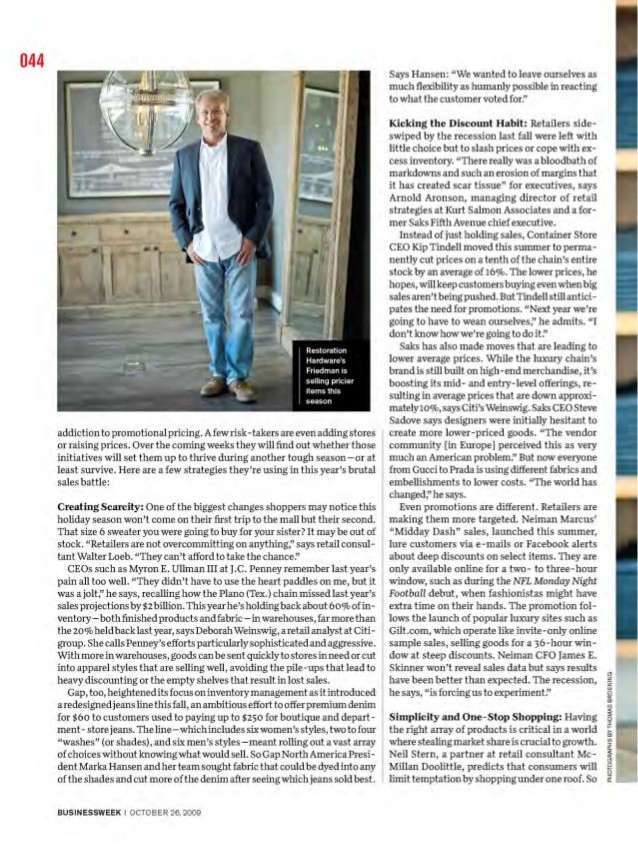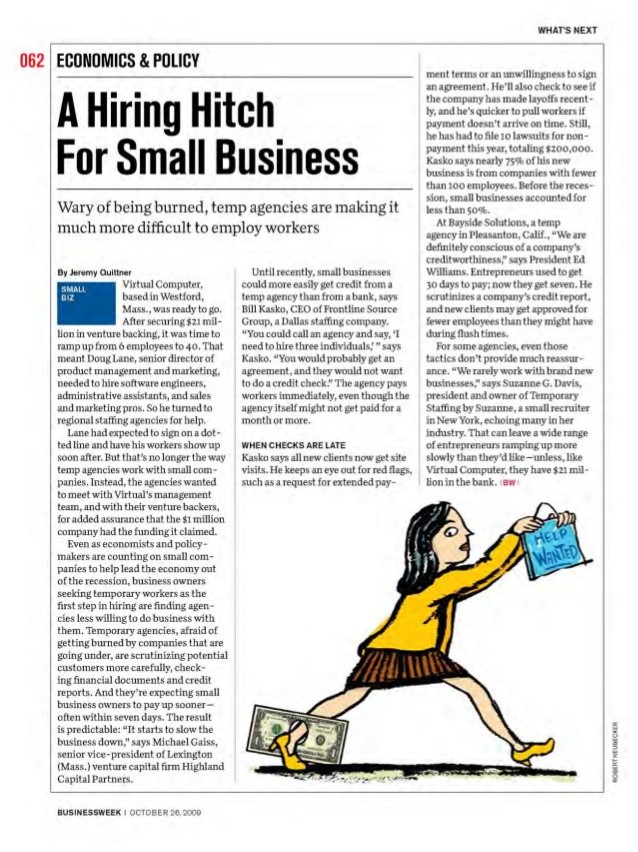Business Week Online Mutual Fund Scoreboard
Post on: 18 Июнь, 2015 No Comment

Welcome to Business Week’s Interactive Mutual Fund Scoreboard!
Welcome to the Interactive Mutual Fund Scoreboard, the online version of one of BusinessWeek magazine’s most popular features. Unlike the magazine’s quarterly update schedule, the Interactive Scoreboard is updated every month. (Click the monthly update at right for an overview of what’s new in the latest data.) Plus, we carry performance data on some 4,000 equity and bond mutual funds: total returns from 1 month to 10 years, asset size, expense ratios, portfolio turnover, yield, and the BusinessWeek ratings.
BusinessWeek ratings, prepared by Standard & Poor’s, don’t just track which mutual funds had the highest returns last year. (But you can certainly find that out using the Interactive Scoreboard.) It’s our belief — and it has been since we launched the Scoreboard in 1986 — that the best funds are those that delivered the most return for the amount of risk they take with your money. We adjust those returns for a fund’s downside volatility and then re-rank it. Those in the top tier get A’s, the next group gets B+, and so on until the worst funds get F’s. We don’t rush to judgment, either. To get a BW rating, we insist on a five-year history, time enough to analyze performance under a variety of market conditions.
We look at ratings several ways. First, there’s the overall rating. We take all the equity funds with at least five years’ history, calculate risk-adjusted returns, and assign overall ratings ranging from A to F. (We do the same for bond funds, but for ratings, we separate taxable from tax-exempt municipal bond funds.) We then use the same risk-adjusted numbers to rate funds against others in the same investment categories. That way you see how, for instance, a large-cap value fund compares both to the entire universe of rated equity funds and to other large-cap value funds.
How to Use the Interactive Scoreboard
It’s easy. Suppose you’re tracking several funds, and you know their names. In the first pull-down menu (on the left), select from Equity Funds, Bond Funds, or, if you’re not sure, choose All Funds. If you choose, say, All Funds, the next menu (in the middle) will ask for the first letter of the fund’s name. Suppose you’re looking for the Gabelli Asset Fund. Select G, and you’ll get a listing of the funds starting with G. Just scroll down until you find the fund you want. You will find the fund’s overall rating, category, category ratings, and its total returns for seven different periods.
Clicking on the fund’s name will open a box below the list with more data specific to that fund: net assets, sales charges, expense ratio, risk, portfolio turnover, and 12-month distribution yield. You’ll also find a toll-free phone number, a Web site address (if available), and a five-letter ticker symbol. Clicking on the ticker will take you to a Morningstar Inc. Quick Take page, which provides further price and portfolio information.
You can also use the Interactive Scoreboard to search for funds that might fit your investment needs. Suppose you want a small-cap value fund to round out your portfolio. From the first menu, choose Equity Funds, from the second, scroll down to the fund categories and choose Small-cap Growth. The third menu (on the right) asks whether you want to see these funds alphabetically or by category rating.
Perhaps you’re just browsing, looking for some well-rated equity funds. Select Equity Funds from the first menu, Overall BW Rating from the second, and A from the third. That gives you a list of the most highly rated funds (those with an A) in the Scoreboard.
We admit that you won’t find every single mutual fund in this database. We’ve done some editing to make it more useful. In general, we’ve screened out funds with less than 12 months of returns and excluded those that are not widely available to individual investors. That knocks out institutional funds and funds that are restricted to, say, employees of certain companies or members of particular organizations. And for funds with multiple share classes (you can usually spot these with A’s, B’s, C’s, etc. as part of the fund name), we’ve screened out the institutional share classes, and then report on the largest remaining class of shares.

Take some time to try the many features available here. We think you’ll find the exercise enlightening. We hope it’ll be time well spent. And please let us know what you think.
Jeff Laderman
Business Week
Business Week’s ratings, prepared by Standard & Poor’s, are based on five-year risk-adjusted returns.














